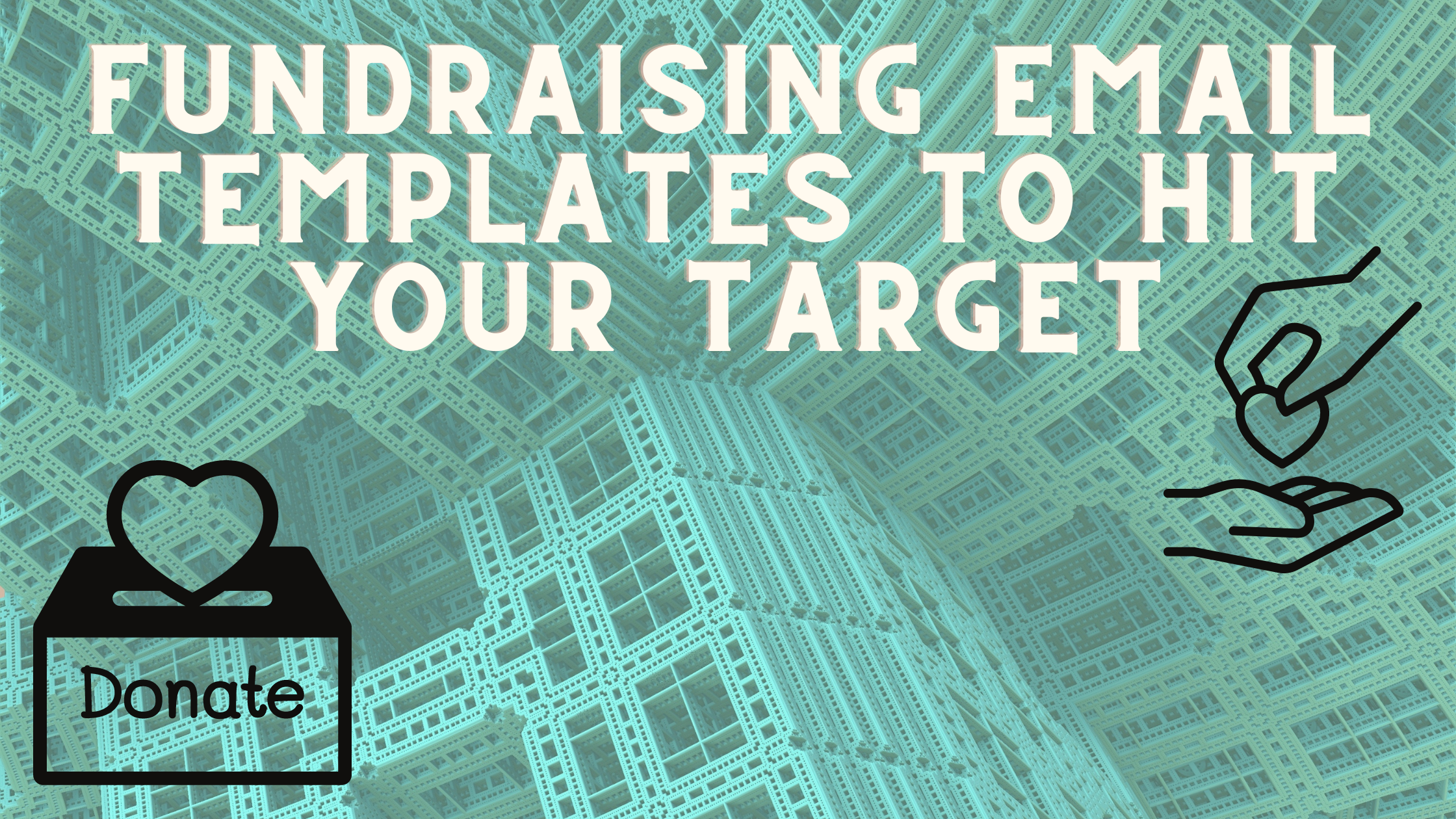
Asking for any kind of help takes courage and vulnerability, and asking for financial help can be especially difficult. Fortunately, a solid fundraising email template can remove the fear of the blank page and give you a framework for writing emails that inspire others to give.
If you’re not sure how to ask for donations, we’ve compiled a list of fundraising email templates and best practices to help you attain your fundraising goals soon.
Sometimes organizations forget that donors do not experience their work the same way as others. Donors do not see all messages, so there are gaps in their information. Your responsibility is to predict the gaps and
fill them before asking for more. Remember that generosity begets generosity. So whenever you ask your donors for something, offer yourself.
Your value can be as simple as feeling good about a gift or as sophisticated as a spot on your director board. The important thing is that you realize what the donor is worth and that you have offered something like that before sending the next request for generosity. As the donor journey has a strategy and different ways to give, you should see an increase in generosity.
What are the best practices for fundraising?
Email, is, to date, one of the most efficient ways to raise awareness of your fundraising and cause. But even experienced fundraising
professionals can struggle to write a compelling fundraising letter. These best practices can help you create engaging projects that inspire others to donate.
- Make Your Subject Line Valuable
The subject line of fundraising messages isn’t just the reader’s first impression—in most of the cases, it’s your initial and last chance to get someone to click open your message.
Follow these tips to grab your audience’s attention:
- Keep your subject line short but informative—less than 65 characters is ideal. Long subject lines are often shortened on small devices.
- Create interest so people want to know more, but avoid sounding like spam. Do not use capital letters or a lot of punctuation.
2. Personalization
It would be nice to have one fundraising email template to meet everyone’s needs, but each one should be tailored to avoid coming across as cold or dishonest. Try segmenting your email list by demographics, state, or other relevant factors. According to MailChimp, this can increase your email open rates by 1 .3 percent. If you’re short on time, even including the recipient’s name in your greeting can make someone feel like you care.
3. Brevity
Short and Sweet Conciseness is the key to a compelling fundraising message. If you write long paragraphs, people will lose interest and stop reading. A clear and visually interesting format also plays an important role in the readability of an email.
Guidelines to remember:
- Break up large chunks, so potential donors are not overwhelmed.
- Limit yourself to four short paragraphs.
- Use subtitles and bold text to make reading easier.
- Add quality photos to help people connect with your items.
4. Create Impact
Explain the effect How are gifts used? How will the resources change or improve the life of the beneficiary? Readers immediately want to know why you raise money and how the money is spent, so answer these questions in the first few sentences of your email.
If possible, explain what effect a donation of $5, $25 and $100 would have. Some may feel embarrassed about a small donation, so it’s crucial to emphasize that donations of any size are welcome and that every donation will help you reach your goal.
5. Add Images
A high-quality photo or video can help break up the text and draw people to your emails immediately, so include at least one image in your outreach emails. Don’t use grainy images, logos, or images unrelated to your cause, as these may cause concern for donation.
6. Recruiting Friends and Family to Support Your fundraiser Cause
When it comes to crowdfunding, your biggest supporters are friends and family. Be extra careful when creating them. An email template is impersonal to those who know you, so personalizing these emails is very important.
A few other things to consider:
- Unlike emails to the press, emails to your friends, family and other community members should be more emotional to motivate action.
- Don’t be afraid to add yourself and let your personality shine. This helps people feel more connected to you and your cause. You may consider using more personal photos with family and friends.
7. Local media coverage
Few things increase awareness of your cause like media coverage. If you would like local media to cover your fundraiser, you must submit an email nomination to the editors.
Journalists are more likely to cover your fundraising campaign if you give them all the information they need in a short, engaging email. Avoid using a fundraising description because the text is written for people who are potential donors, not the press.
When writing your presentation, ask yourself the following questions:
- What is your fundraiser about? Is it related to recent articles or news trends? Is it related to something current?
- Why should other people in your community or society care or participate? What does this mean for society as a whole?
8. Local businesses
If you’ve already sought support from friends and family, enlisting the help of local businesses is another way to continue fundraising. When writing your objective, keep these tips in mind:
- Focus on companies known for supporting and giving back to the community.
- Contact companies or organizations that support your cause. For instance, if you are raising money to ensure the cost of your chemotherapy, you can send donations to local organizations known for supporting cancer patients or for their work in cancer research.
- Add other ways companies can aid you if they can’t contribute financially. They can volunteer for a fundraiser or donate items to be tied up in activities.
Whether you’re communicating with the press or with family and friends, a clear, polished email will help you with each probable donor and inspire people to take action. Once you’ve reached your fundraising goal, thank your supporters by writing a thank you note for their donation


